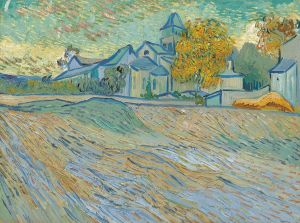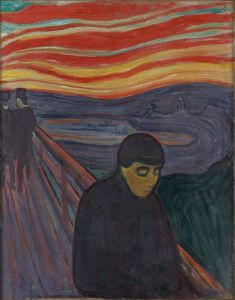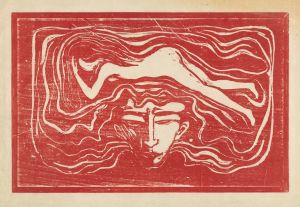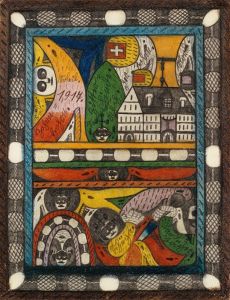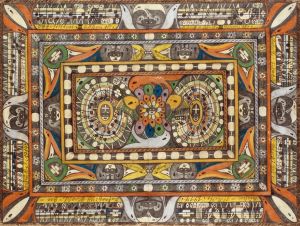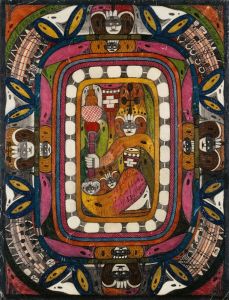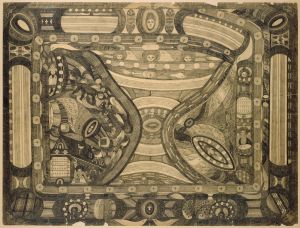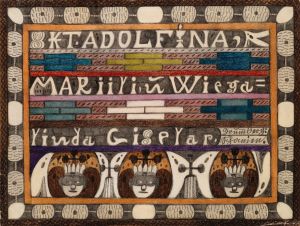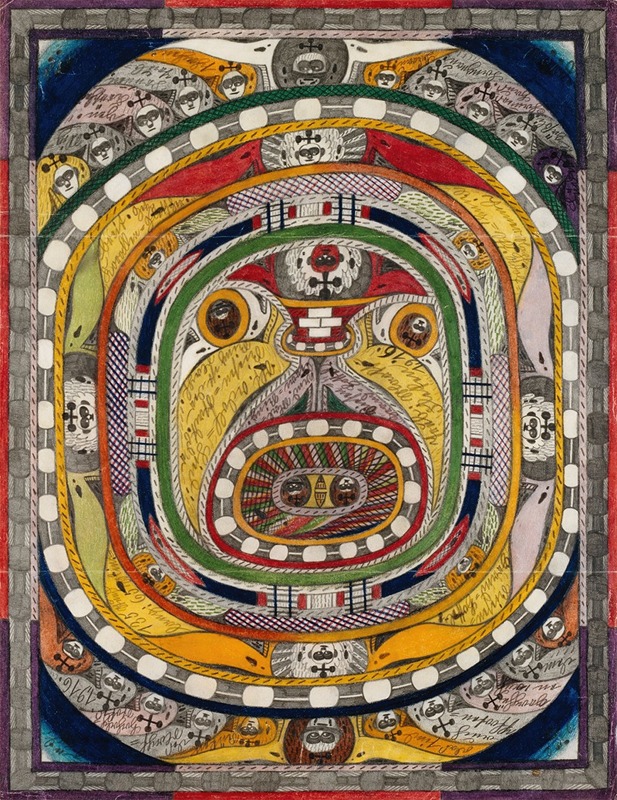
Der Napf
A hand-painted replica of Adolf Wölfli’s masterpiece Der Napf, meticulously crafted by professional artists to capture the true essence of the original. Each piece is created with museum-quality canvas and rare mineral pigments, carefully painted by experienced artists with delicate brushstrokes and rich, layered colors to perfectly recreate the texture of the original artwork. Unlike machine-printed reproductions, this hand-painted version brings the painting to life, infused with the artist’s emotions and skill in every stroke. Whether for personal collection or home decoration, it instantly elevates the artistic atmosphere of any space.
Adolf Wölfli (1864–1930) was a Swiss artist who is widely regarded as one of the most important figures in the field of outsider art. His work, including the piece "Der Napf," is celebrated for its intricate detail, vivid imagination, and unique style. Wölfli's art was created during his long-term confinement in the Waldau Clinic, a psychiatric hospital in Bern, where he was diagnosed with schizophrenia.
"Der Napf" is one of Wölfli's many works that exemplifies his complex and highly detailed artistic vision. The title "Der Napf" refers to a mountain range in Switzerland, which is a recurring theme in Wölfli's work, often symbolizing a place of personal significance and imaginative exploration. His art typically combines elements of drawing, writing, and musical notation, creating a multi-layered and immersive experience for the viewer.
Wölfli's artistic process was meticulous and labor-intensive. He used colored pencils, crayons, and collage techniques to create densely packed compositions filled with geometric patterns, fantastical landscapes, and intricate figures. His works often include autobiographical elements, blending his personal history with fantastical narratives. "Der Napf" is no exception, featuring a rich tapestry of imagery that invites viewers to delve into Wölfli's inner world.
One of the defining characteristics of Wölfli's art is his use of repetitive motifs and symbols. In "Der Napf," as in many of his other works, these motifs create a sense of rhythm and structure, guiding the viewer's eye across the complex surface of the piece. The work is also notable for its vibrant use of color, which adds to the overall sense of dynamism and energy.
Wölfli's work was largely unknown during his lifetime, but it gained recognition posthumously thanks to the efforts of Dr. Walter Morgenthaler, a psychiatrist at the Waldau Clinic who published a monograph on Wölfli in 1921 titled "Ein Geisteskranker als Künstler" ("A Psychiatric Patient as Artist"). This publication brought Wölfli's work to the attention of the art world and helped to establish his legacy as a pioneering figure in outsider art.
Today, Wölfli's work, including "Der Napf," is held in high regard and is featured in major art collections and exhibitions around the world. The Adolf Wölfli Foundation at the Museum of Fine Arts in Bern houses a significant collection of his works, preserving and promoting his artistic legacy. Wölfli's influence can be seen in the work of contemporary artists who are inspired by his unique vision and the raw, unfiltered creativity that characterizes outsider art.
In summary, "Der Napf" by Adolf Wölfli is a testament to the artist's extraordinary imagination and technical skill. It stands as a powerful example of outsider art, offering a window into the mind of an artist who created a vast and intricate world from within the confines of a psychiatric hospital. Wölfli's work continues to captivate and inspire, highlighting the profound and often overlooked contributions of outsider artists to the broader art historical narrative.







